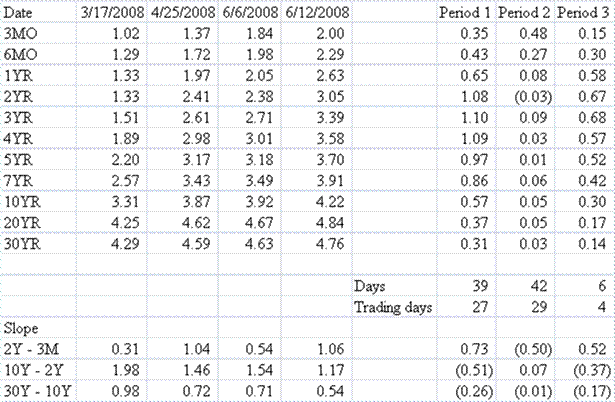Book Review: The Wall Street Waltz

I’ve mentioned this before at RealMoney, but in early 2000, I was doing some serious thinking about investing. I decided to e-mail Ken Fisher a question that he had touched on in one of his Forbes pieces. That began an e-mail dialog that forced me to ask hard questions about how I did value investing. Personally, I was surprised how much time he was willing to waste on me, but I had read the three books that he had written up to that time, Super Stocks, 100 Minds that Made the Market, and The Wall Street Waltz. I had a good idea of how he approached investing.
He challenged me to throw away the CFA Syllabus and think independently — to focus on my own competitive advantage. That led me to analyze what had worked and failed in my prior efforts in value investing, and that led to what would become the Eight Rules. I did well in the prior era, but much better after my discussion with Ken Fisher.
One more note before I begin the book review. He told me that if something is known, it is not valuable for investing. I have modified that rule to be, “If something true is relied upon by many investors, it is not valuable for smart investors. If something false is relied upon by many investors, it is valuable for smart investors to bet against that.”
The Wall Street Waltz takes you on a graphic tour of economic and financial history. Using beautiful old charts created by multiple sources, he uses them to describe market action in the past, and what they might imply for the present. The original version, of which I have a copy, was written in 1987. The new edition updates Ken’s comments to 2007.
The charts provide a springboard for Fisher to explain a wide number of concepts:
- Why preferred stocks are suboptimal investments. (Chart 31 — learned that first hand a a little kid as I saw my Litton convertible preferred crater.)
- How economically linked Canada is to the US (Chart 15)
- The value of P/E ratios for the market (Charts 1&2)
- Why you shouldn’t panic over bad political/disaster news. (Chart 24)
- How inflation is correlated internationally (Chart 49)
- Gold preserves purchasing power in the long run, but that is about it. (Chart 57)
- Stocks create value in the long run, despite short/intermediate-term fluctuations. (Chart 88)
I could go on. I chose those pages randomly. There is a wealth of knowledge here. I would like to close with a timely page that I targeted, Chart 64 — Unemployment and the 1 Percent Rule. The stock market tends to rally after the unemployment rate rises 1%, though the challenge is timing when to sell, and I don’t know what the rule should be for that. After the last unemployment report, the rate is more than 1% over the recent low. If correct, it is time to be a buyer, though what is true on average is not always true in specific.
Most investors don’t benefit from an understanding of economic history, which gives a broader skill set for analyzing current problems. This book is an aid in gaining understanding of economic history.
Full disclosure: If anyone enters Amazon through my site and buys something, I get a small commission. Your costs are not increased. This is my equivalent of the “tip jar” and so, if you like what I write, and need to buy through Amazon, please enter Amazon through links on my site.



